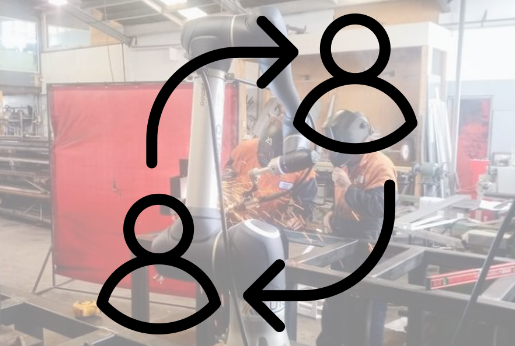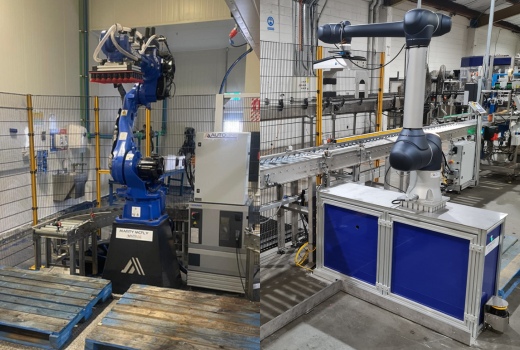The Role Of Robotics In Performing Dull, Dirty and Dangerous Jobs In Manufacturing
Manufacturing has always been a labour-intensive industry that involves a variety of tasks. Many of these tasks can be classified into the 3 D’s: Dirty, Dull, and Dangerous. These are the jobs that workers usually find unpleasant, unfulfilling, and often risky. However, with advancements in technology, robots have been increasingly adopted to take over these tasks, making the manufacturing process more efficient, safer, and more pleasant for workers.
Dirty Jobs
Dirty jobs are those that require workers to perform tasks in unpleasant or hazardous environments, such as working with toxic chemicals or exposure to high levels of dust or fumes. These jobs pose a significant risk to the health and safety of workers. With the use of robots, many of these tasks can now be performed with minimal human involvement, reducing the risks associated with these jobs.

For example, industrial robots are now being used to perform welding, painting, and other tasks that expose workers to toxic fumes or hazardous materials. These robots can work in hazardous environments, allowing human workers to focus on more complex tasks that require human skills.
Dull and Boring Jobs
Many manufacturing jobs can be repetitive, monotonous, and unfulfilling, leading to employee dissatisfaction and high turnover rates. Such jobs are often tedious, but they are crucial for the production process. The use of robots in these jobs can significantly reduce the workload on human workers, while also increasing efficiency.
For example, many manufacturing plants use robots to perform assembly line tasks, such as tightening screws or fastening parts, which can be done much faster and more accurately than by humans. By automating these tasks, workers can be retrained to focus on more engaging and creative tasks, reducing boredom and increasing job satisfaction.
Dangerous Jobs
Some manufacturing jobs are inherently dangerous and require workers to perform tasks that put them at risk of injury or even death. These include jobs such as handling heavy machinery or working at heights, which can result in serious accidents.
With the use of robots, workers can be removed from these hazardous situations, reducing the risk of injury or death. For example, robots can be used for heavy lifting, reducing the physical strain on workers and the risk of injuries. In addition, robots can be equipped with sensors that enable them to work safely in areas that may be too dangerous for human workers.
Conclusion
In conclusion, the adoption of robots in manufacturing has significantly impacted the industry by addressing the 3 D’s of manufacturing: Dirty, Dull, and Dangerous jobs. By automating these tasks, worker safety is increased, staff turnover is reduced, and employees can be retrained to focus on more complex tasks that require human skills. As technology continues to advance, we can expect to see even greater adoption of robots in the manufacturing process, making it safer, more efficient, and more satisfying for human workers.





